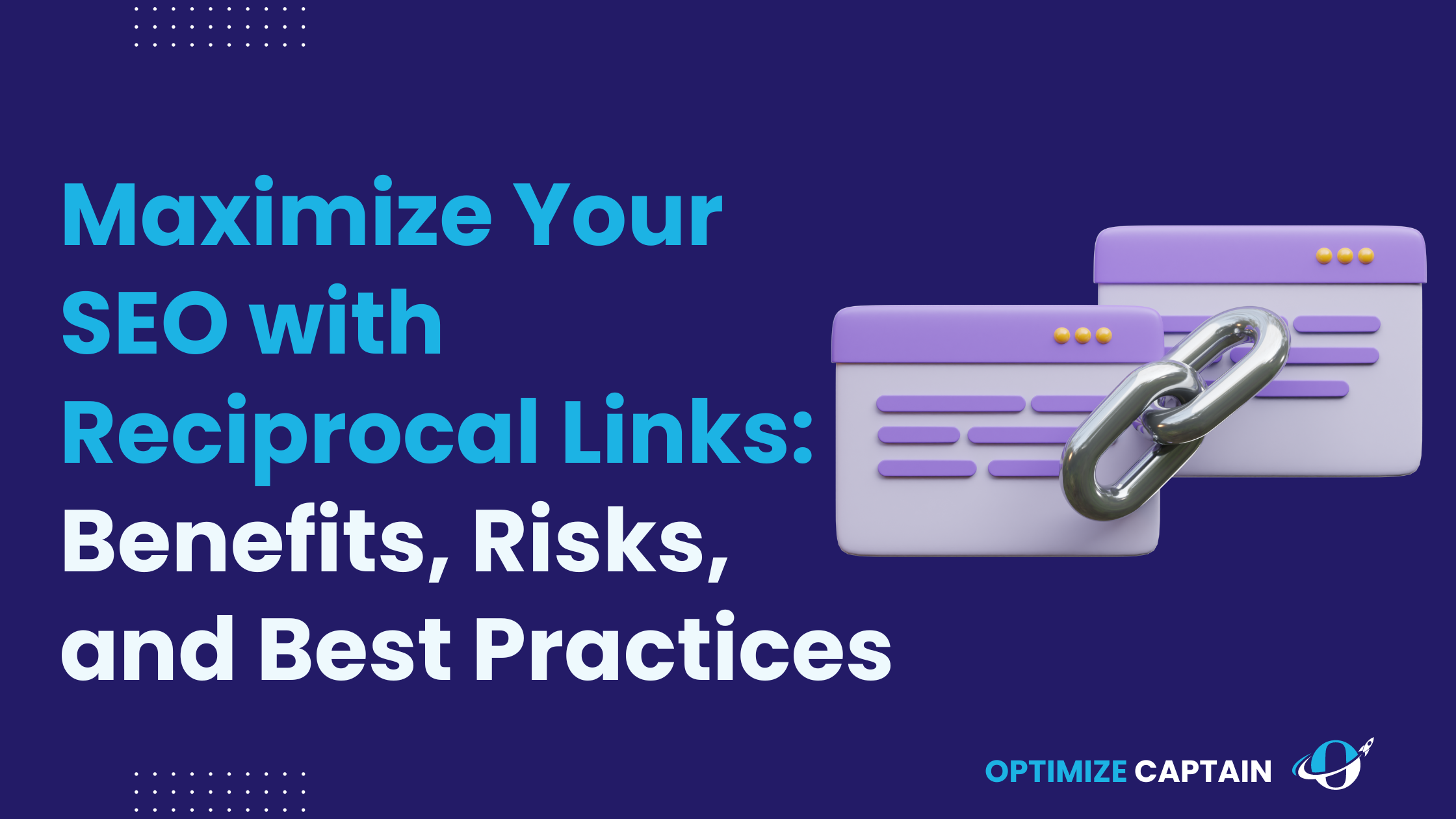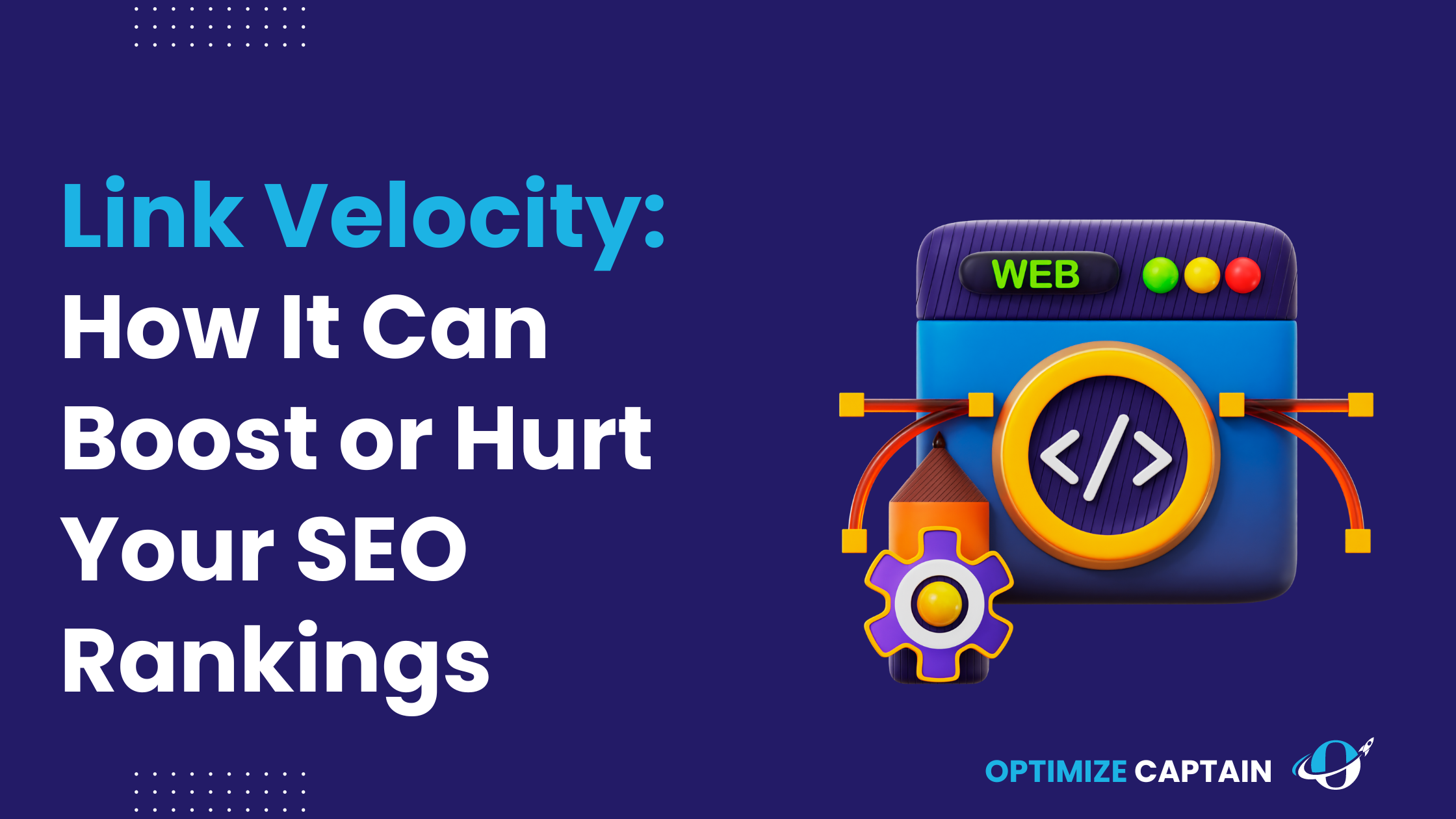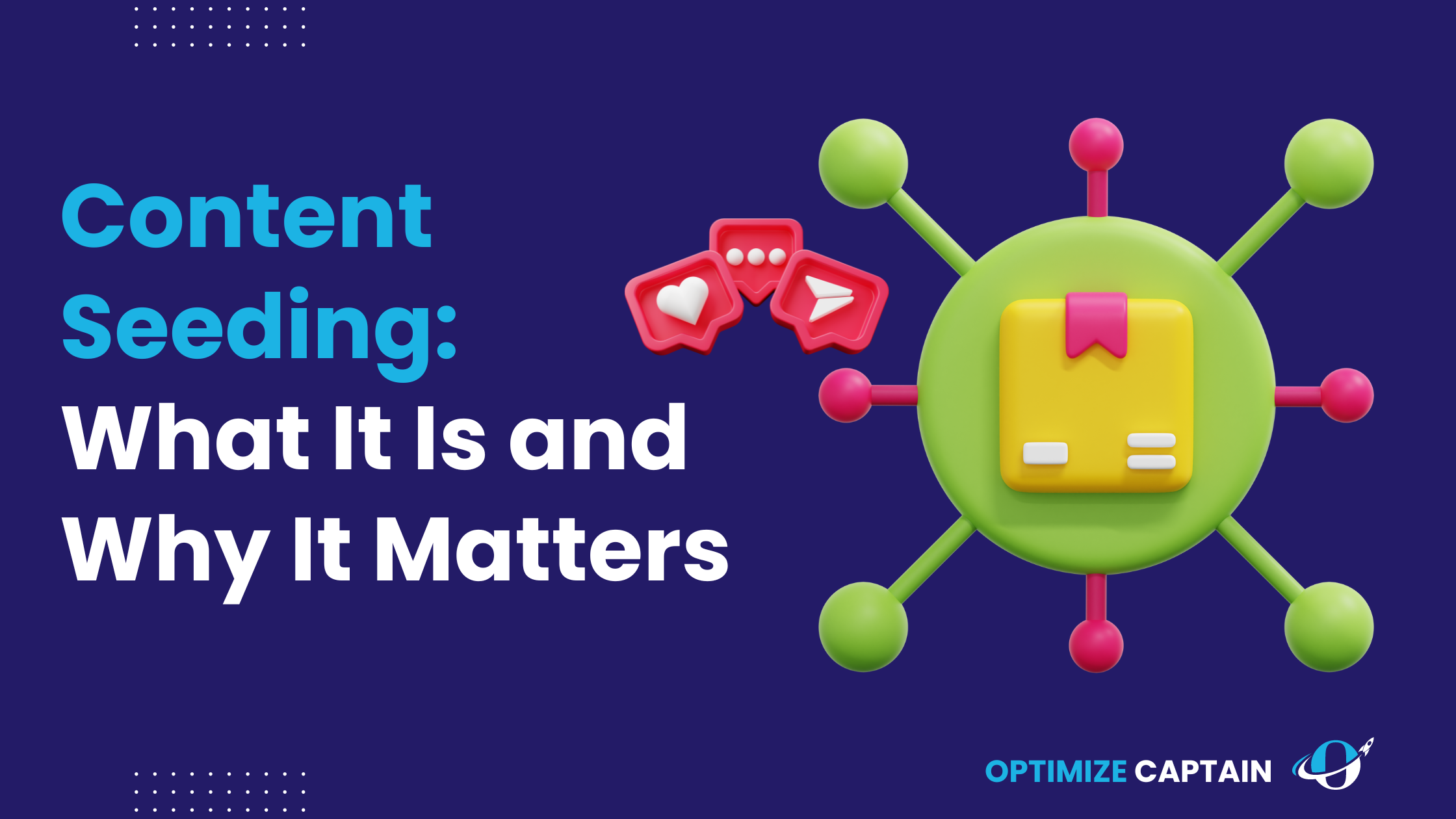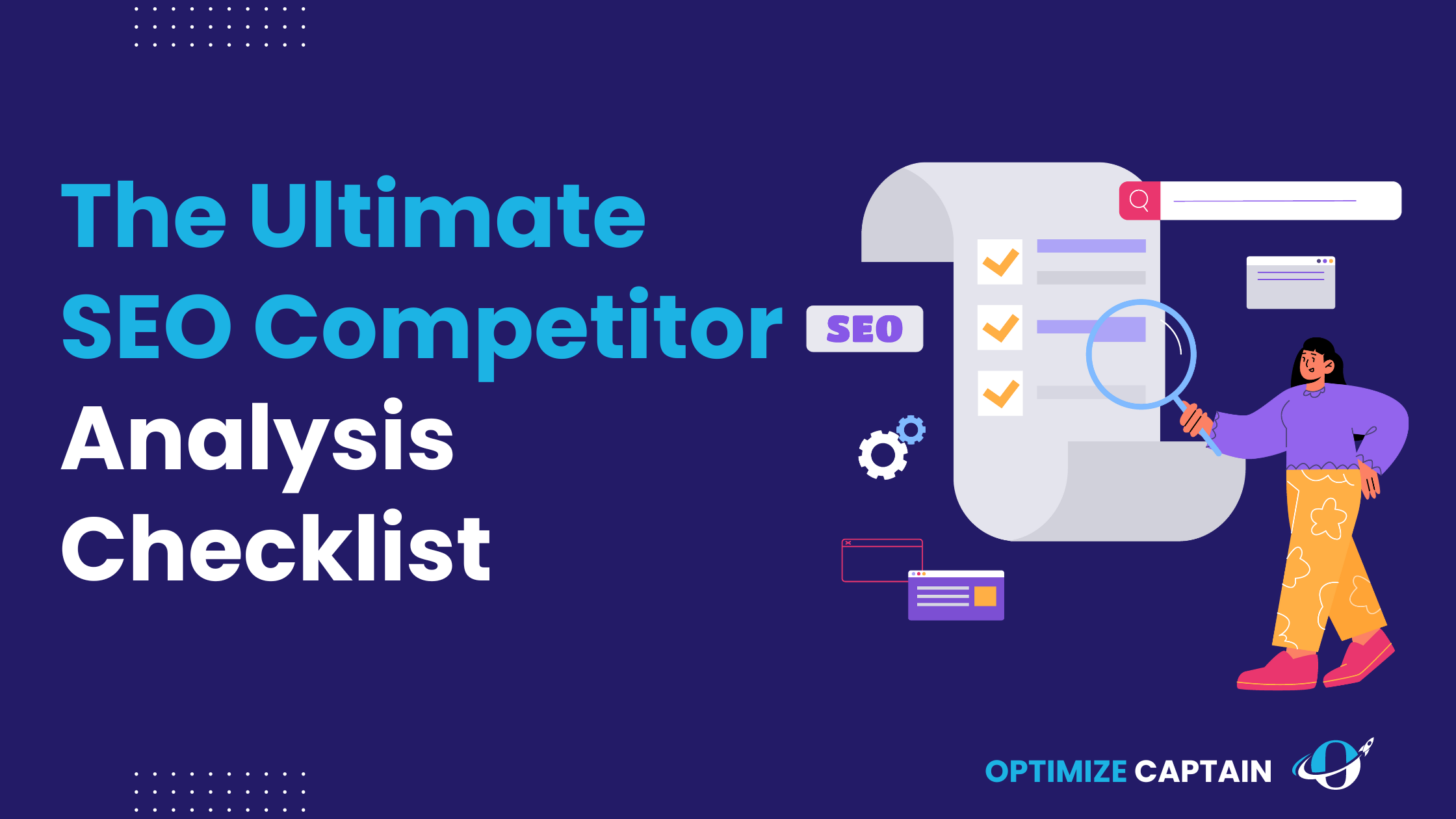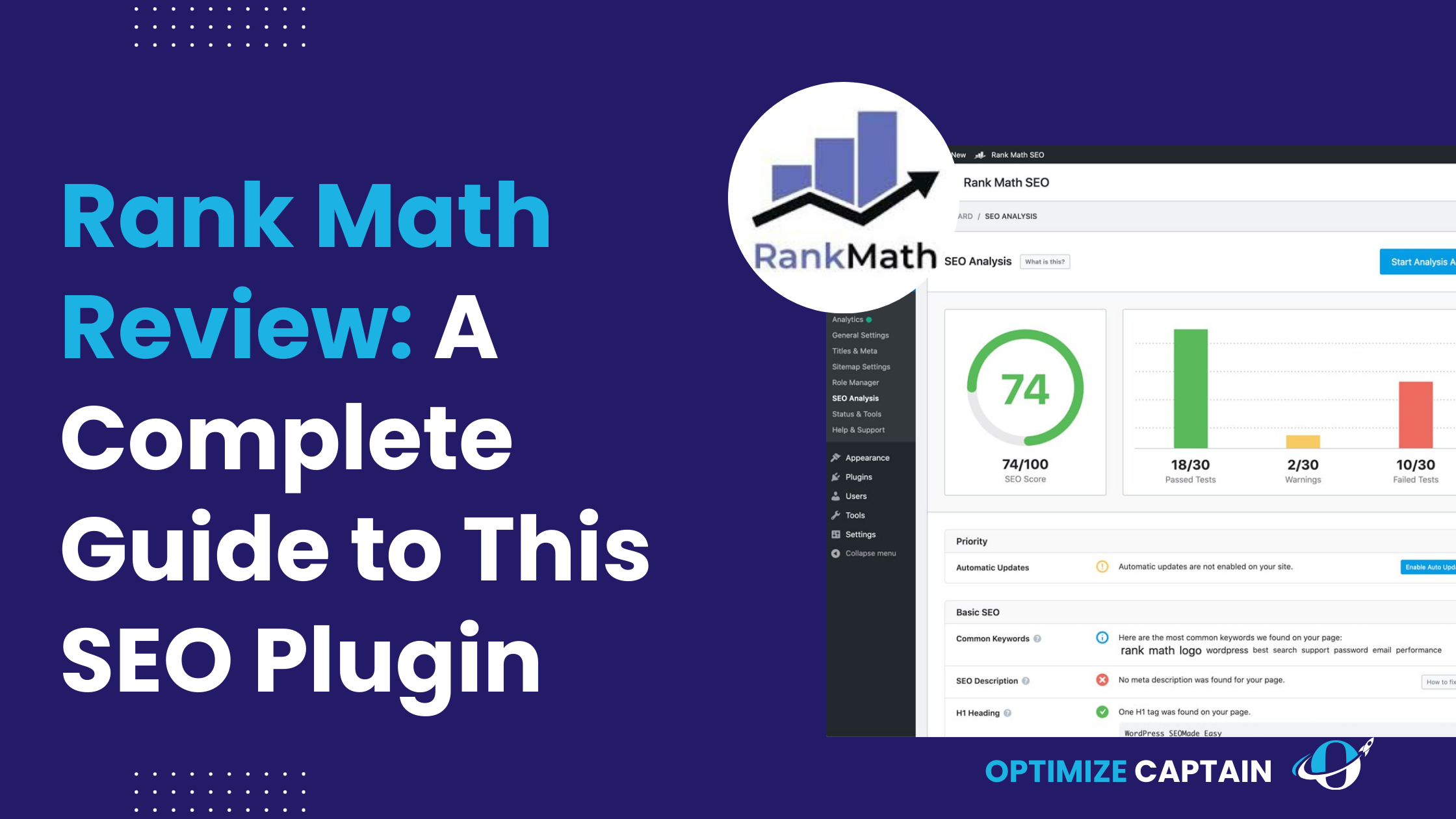Link building is a key part of improving your website’s SEO. It involves getting other websites to link back to yours, which helps search engines see your site as trustworthy and relevant.
Building high-quality backlinks can boost your site’s authority and improve its ranking on search engine results pages. However, getting these valuable links can be challenging. One effective strategy to consider is reciprocal linking.
Reciprocal links are when two websites agree to link to each other. This can help both sites by driving traffic and improving their SEO. Before diving into the details, let’s understand reciprocal links and why they matter.
In SEO, reciprocal links have been around for a long time. They can be a powerful tool if used correctly, but they also come with risks.
This guide will help you understand everything you need about reciprocal links, how to use them effectively, and whether they are good or bad for your SEO.
What Are Reciprocal Links?
Reciprocal links are mutual agreements between two websites to link to each other. This means that Site A links to Site B, and Site B, in turn, links back to Site A. This practice can benefit both parties involved by helping to drive traffic and improve their SEO.
Examples:
- You write an article on “Top Social Media Strategies for 2024” and link to a partner’s post on “Emerging Social Media Platforms.”
- Your partner, in their article about “The Future of Social Media,” includes a link to your blog.
Visualizing it, if Site A links to Site B, and Site B links back to Site A, you have a classic reciprocal link setup.
These links are usually established through direct communication between the website owners or marketers. For example, if you run a blog about digital marketing, you might reach out to another site that covers social media trends. You could propose a reciprocal link agreement where you link to one of their articles, and they link back to one of yours.
The main idea behind reciprocal links is to create a mutually beneficial relationship. As a result of this cooperation, both websites can gain increased visibility, more traffic, and potentially higher search engine rankings.
While reciprocal linking can be a powerful tool, it’s important to approach it with care. Not all reciprocal links are created equal, and the quality and relevance of the links matter significantly. High-quality reciprocal links with relevant, authoritative sites can enhance your SEO. However, linking with low-quality or irrelevant sites can harm your SEO efforts.
Is It Really a Black Hat Tactic or Strategy?
Reciprocal linking in itself is not considered a black hat SEO tactic. Black hat SEO refers to practices that are against search engine guidelines and aim to manipulate search rankings unethically. Reciprocal links, when used naturally and sparingly, are a legitimate strategy.
The key is to ensure that the links are relevant, valuable, and not part of a manipulative scheme. If you engage in excessive reciprocal linking or link to low-quality, unrelated sites, it could be viewed as an attempt to game the system, which might lead to penalties from search engines.
In essence, reciprocal links should be a part of a broader, balanced SEO strategy that focuses on creating genuine value for users and building relationships within your industry. Used correctly, they can be a beneficial tool rather than a black hat tactic.
The Benefits of Reciprocal Links
SEO Value: Reciprocal links can positively impact your search engine rankings. Search engines see these links as a sign of trust and relevance, which can boost your site’s authority. When done right, they can be a win-win for both websites involved.
Traffic Generation: These links can drive traffic between partnered sites. If your content resonates with your partner’s audience, they will likely click through and explore your site, and vice versa. It’s a simple yet effective way to increase visibility.
Relationship Building: Engaging in reciprocal linking helps build relationships within your industry. These partnerships can lead to more collaborative opportunities like guest posts, joint webinars, or co-hosted events, further expanding your reach.
The Risks and Challenges of Reciprocal Links
Google’s Perspective: While reciprocal links can be beneficial, Google frowns upon excessive or manipulative link exchanges. According to Google’s guidelines, excessive reciprocal linking is considered a link scheme, which can lead to penalties.
Quality Concerns: Linking to low-quality or irrelevant sites can harm your SEO rather than help it. Ensuring that your reciprocal links are with reputable, relevant websites is crucial.
Overuse and Patterns: If your website exhibits a clear pattern of reciprocal linking, search engines might view it as manipulative. The key is moderation and ensuring the links are genuinely valuable to your audience.
Examples of Penalties: Website Y saw its rankings significantly drop after Google identified it as participating in excessive reciprocal linking. They had to disavow many of their backlinks and rebuild their SEO strategy.
Best Practices for Utilizing Reciprocal Links
If done correctly, using reciprocal links can be highly effective. Here are some best practices to help you maximize their benefits while minimizing potential risks.
Quality over Quantity:
When selecting partners for reciprocal links, prioritize quality over quantity. A few links from high-authority, relevant sites are far more valuable than numerous links from low-quality sources. Domain Rating (DR) is a helpful metric to assess the authority of a potential partner site. High-DR sites are generally more authoritative and can provide a stronger SEO boost. However, don’t rely solely on DR. Consider the site’s overall traffic, engagement levels, and relevance to your niche. A high-traffic site with engaged readers can drive more valuable visits to your website.
Relevance and Context:
Ensure that the content you’re linking to is relevant and provides value to your readers. Reciprocal links should enhance the user experience, not disrupt it. For instance, if you run a digital marketing blog, link to content that complements your own, such as articles on social media strategies, SEO tips, or content marketing insights. The more relevant the content, the more likely readers will find the link beneficial for SEO.
Natural Integration:
Integrate reciprocal links naturally within your content. Avoid forcing links into unrelated sections just to fulfill a reciprocal agreement. The goal is to enhance the reader’s experience, not disrupt it. For example, if you’re writing an article about content marketing strategies, you can naturally include a link to a partner’s post on effective social media campaigns. This way, the link feels like a natural extension of your content, providing additional value to your readers.
Monitoring and Auditing:
Regularly monitor your reciprocal links to ensure they remain beneficial. Use tools like Google Analytics, Ahrefs, or SEMrush to track the performance and impact of these links. Check metrics such as referral traffic, bounce rates, and conversion rates to evaluate the effectiveness of your reciprocal links. If a link is no longer relevant or valuable, or the partner site’s quality has declined, don’t hesitate to remove or replace it. Regular auditing ensures that your reciprocal links continue to provide value and support your SEO goals.
Importance of DR and Traffic:
In the first point, we discussed the importance of DR and traffic. Now, let’s further explore the significance of Domain Rating (DR) and traffic.
While DR is a useful indicator of a site’s authority, it’s not the only metric to consider. High DR can suggest that a site is respected and likely to pass on valuable SEO benefits. However, looking at the site’s traffic and user engagement is equally important.
Example:
Imagine you are considering two potential partners for reciprocal links:
- Site A: DR of 80 and monthly traffic of 5,000 visitors.
- Site B: DR of 60 but monthly traffic of 50,000 visitors.
Site A has a higher DR, which indicates strong authority, which can benefit SEO. However, its traffic is relatively low. On the other hand, Site B, with a lower DR, has significantly higher traffic, which means it can drive more visitors to your site.
In this case, Site B might be more valuable despite its lower DR, especially if its audience is highly engaged and relevant to your niche. High traffic can increase visibility, lead to more referral visits, and potentially lead to higher conversions.
Balancing these factors helps you choose the best partners for reciprocal linking. A high-traffic site with moderate DR can often provide more immediate benefits regarding visitor engagement and conversions than a high-DR site with low traffic.
Step-by-Step Guide to Setting Up Reciprocal Links
Setting up reciprocal links can be straightforward if you follow these steps carefully. Here’s a detailed guide to help you get started.
1. Identify Potential Partners:
Look for relevant, high-authority sites within your industry. Tools like Ahrefs and Moz can help you identify potential partners based on domain authority and relevance. Focus on sites that have a similar audience and content theme as yours.
Ahrefs: Use the Site Explorer tool to find sites with high DR and relevant content.
Moz: Utilize the Link Explorer to discover potential link partners and assess their domain authority.
2. Initial Outreach:
Craft a compelling outreach email highlighting a link exchange’s mutual benefits. Personalize your message to show you’ve genuinely reviewed their content and see a valuable partnership opportunity.
Outreach Template:
3. Negotiation and Agreement:
Discuss terms and ensure both parties are clear on the expectations. It’s essential to agree on the context and placement of links to maintain quality and relevance. Sometimes, websites might ask for payment in exchange for a link, especially if they don’t see immediate value in a reciprocal link.
Considerations for Payment:
Relevance: Ensure the site is highly relevant to your content.
Traffic: Check the site’s traffic using tools like SimilarWeb.
Engagement: Look at metrics like bounce rate and average session duration to assess user engagement.
Cost-Benefit Analysis: Determine if the potential SEO and traffic benefits justify the payment cost.
4. Implementation:
Once an agreement is reached, add the reciprocal link to your content. Ensure it fits naturally within your article and provides value to your readers. For instance, if you’re writing about “SEO strategies,” link to a partner’s article on “Keyword Research Tips.”
5. Monitoring and Adjusting:
Use tools like Google Search Console and Moz to monitor the performance of your reciprocal links. Check for traffic, authority, or relevance changes regularly and adjust as needed.
Google Search Console: Track referral traffic and see how the links perform.
Moz: Keep an eye on the domain authority and link performance.
Link Building Tools
Ahrefs: Great for identifying potential link partners and monitoring backlinks.
Moz: Useful for tracking domain authority and link performance.
SEO Audit Tools:
Screaming Frog: Helps in auditing your site’s links and overall SEO health.
SEMrush: Comprehensive tool for monitoring link-building efforts and SEO performance.
Is It Good or Bad for SEO?
When used correctly, reciprocal links can be beneficial for SEO. They help build relationships, drive traffic, and improve your site’s authority. However, there are some risks involved.
Good for SEO:
Builds Relationships: Creates connections with other websites, which can lead to further collaboration.
Drives Traffic: Reciprocal links can direct traffic between partner sites.
Boosts Authority: High-quality reciprocal links from relevant sites can improve your authority.
Bad for SEO:
Overuse: Excessive reciprocal linking can be seen as manipulative by search engines.
Low-Quality Links: Linking to low-quality or irrelevant sites can harm your SEO.
Risk of Penalties: Search engines may penalize sites with link schemes or manipulative linking practices.
Get Better Reciprocal Link Building Results with Optimize Captain
Reciprocal links can be a great way to boost your SEO, drive traffic, and build relationships with other sites. However, to avoid potential issues, it’s important to focus on quality and relevance.
At Optimize Captain, we know how tricky link building and SEO can be. Our team of experts is here to help with proven strategies and personalized solutions. Whether you need help with reciprocal linking, content creation, or a complete SEO plan, we’ve got you covered.
We have extensive experience and a strong portfolio, especially in the SaaS industry. If you’re in SaaS and looking for effective link building, engaging content, or a solid SEO strategy, we’re the right partner for you.Contact us today to learn how we can help you enhance your SEO efforts.
FAQ’s
1. Is link exchange the same as reciprocal links?
Link exchange and reciprocal links are related but not the same. A link exchange is a deliberate agreement between two webmasters to link to each other’s sites. Reciprocal links can happen naturally when two websites link to each other without any formal agreement.
2. Are reciprocal links good for SEO?
Reciprocal links can benefit SEO if used correctly, focusing on quality and relevance rather than quantity.
3. How can I find potential partners for reciprocal links?
You can use tools like Ahrefs and Moz to identify high-authority, relevant sites within your industry.
4. Can too many reciprocal links harm my website?
Yes, excessive reciprocal linking can be seen as manipulative by search engines and may result in penalties.
5. How do I monitor the performance of my reciprocal links?
Use tools like Google Search Console and Moz to track the performance and impact of your reciprocal links. Regularly check for changes in traffic and authority.

